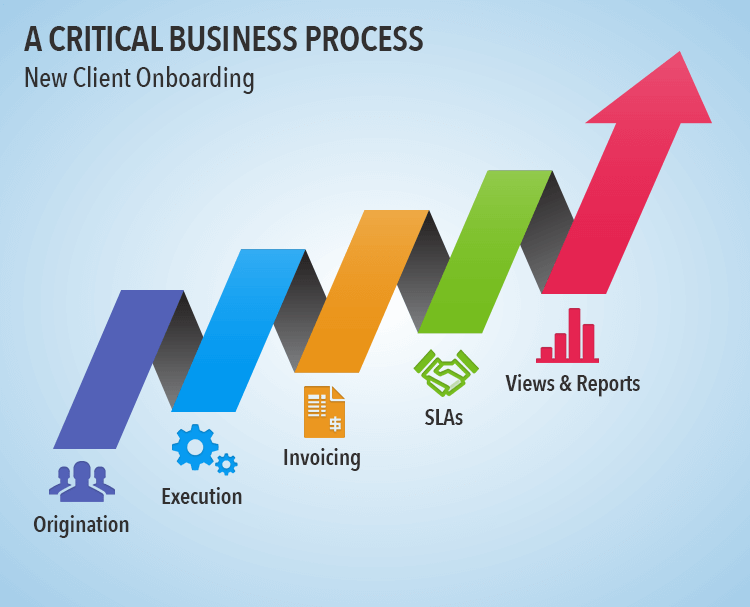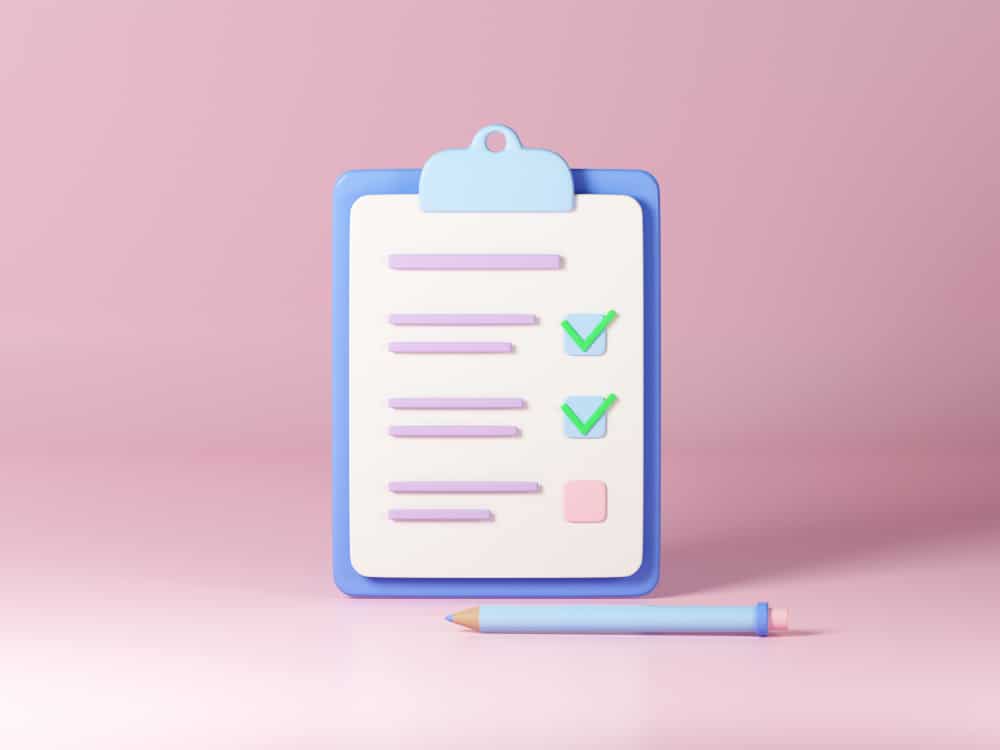Getting leads to accept your business proposals is one of the most difficult parts of increasing your sales and making your business grow.
However, don’t think your job is done just because someone accepted your proposal. You need to get that client to stay in your company if you want to keep a constant sales flow. People know that as client onboarding.
The only problem with that is not everyone knows what client onboarding is, let alone how to manage it or improve it. We are here to help you if you want to start developing client onboarding strategies.
Keep reading this page if you want to know what client onboarding is and everything related to it.
What is Client Onboarding?

Client onboarding consists of building a customer relationship with your prospects and customers. Strategies to improve client onboarding aim to build a relationship that lasts in the long run and helps both the company and the client that gets to it. The company gets more sales, clients, promotions, and special deals in most cases.
Whether you know it or not, this is an essential process for all companies, even if they are small startups. Regardless of that, understanding the optimal strategies to improve client onboarding, you can take more advantage of them.
Naturally, the concept of client onboarding works differently depending on the type of company you have. That is because not every company does the same thing or offers the same products, so they can’t use the same strategies.
Therefore, all companies follow the same steps and adapt them to the services they offer.
Importance of Client Onboarding
While many people focus on sending optimized business proposals to the clients, many others forget about client onboarding. Doing that is one of the worst mistakes you can make when working on your business since this process is what helps you improve and keep a constant sales flow.
Not caring about client onboarding can lead you to lose many of your clients after a time, which doesn’t let you increase your sales in the long run. Ninety percent of customers say that the companies they like or buy from could improve their client onboarding strategies.
The reason for that is that everyone loves to feel valued. Even if you know a company has many clients, it feels better to know that the business you buy things from cares about having a relationship with you and making sure you are happy with the services you receive.
When clients get used to how you work and know what you can offer them, they get a sense of stability and safety with you, so they aren’t prone to leave your company.
Besides, even when your targeted customers do not change the product regularly, you can still have them recommend your products. For instance, you run a business selling hybrid mattresses, which is clear that your customer will not buy a new product every month.
However, if they have faith in your business, your brand name would be the first to pop out when they recommend their family, friends, or relatives.
Apart from that, it makes it easier for them to know what to ask for the next time they call you.

One of the most dangerous things that can happen to a company or product is having expectations that are too high. People getting into your company are not that sure of what to expect from you, so they may think you are going to offer them something you don’t even have.
If that happens, they can feel a sense of disappointment when they see you don’t have what they need, which causes them to leave the company and try what your competitors have for them. The best way to prevent that from happening is by giving them a decent proposal template with everything they need to know about your company.
Optimizing those templates and making sure your clients read them is one of the several client onboarding strategies you can go for when getting more leads. Some businesses try proposal management software to create a proposal, so you can see if that works for you.
Additionally, client onboarding lets you have more information about your clients. All your clients are different from each other, and you can’t offer the same products or promotions to everyone in your company. Client onboarding lets you know what your new customers need and how to approach them.
The Steps
While client onboarding is something that changes depending on the type of company or business you run, knowing some steps to it can help you make things easier in the long run.
Here are the steps for an ideal client onboarding process:
Proposal Recap
As we mentioned in this article, everything starts with sending a client proposal to your prospects, and this is the beginning of everything. The information you give your clients in the onboarding process is merely a recap of everything you told them when you sent them the business proposal.
Therefore, you can only start the onboarding process as soon as the client accepts your business proposal. Whether you create a proposal template by yourself or use proposal management software, that template should have everything the client needs to know about your company before starting a business with it.
If you make a decent business proposal to all your clients, then the onboarding process is going to be easier. Why is it easier? Because it means you only have to do a proposal recap in the onboarding process. Explaining everything to your customers all over again would take you a lot of time you could use for other things.
The proposal recap doesn’t have to take that much time if the client remembers everything you told them in the proposal. However, you can use it to add some extra information you couldn’t give them before. They may have some questions about the proposal, so prepare a FAQ section in your proposal.
Questions and Expectations
One of the best things about the client onboarding process is you can get to know your client and measure their expectations. However, take into account that not everyone is willing to tell you things about them if you just met.
Ice-breakers, questions, and proposal recaps could make your client onboarding reunion last hours, and you don’t want that. We recommend you ask your clients to fill out a form with all the information you need to know about them and their expectations of your company.

Learning their answers beforehand lets you know what to offer them and what to avoid in the client onboarding sessions. Apart from that, it saves time that the client can use to ask you any questions or concerns they have about your products or services.
The questions you put in the form or questionnaire can change depending on what your company offers.
Although not all of them do it, some proposal management software includes onboarding questionnaire templates for people who don’t know what to ask their clients. You can also find many of them online. Nonetheless, we recommend you only think of what you want to know from your clients before offering them anything.
Final Meeting/Call
If you already know more things about your clients and are in an advanced stage of the onboarding process, it’s time to have an onboarding meeting or call to address any concerns they have about your company. People also call these reunions kickoff reunions/calls.
The pandemic made it impossible for some people to have kickoff reunions during the lockdown, so they had to switch to an online reunion setup or a call. Regardless of the one you choose, use it to introduce the client to how your project management strategies work and the team working on them.
When talking about clients getting to service or product pages, you can use this call to show them all the products you have, the ones you think are better for them, and some promotions to get them hooked to your company.
Follow Up
Many people consider final meetings are the last part of the onboarding process, but that couldn’t be further from reality. It’s essential to keep your client updated on how the project is going or the new products available for them. Doing that not only lets them know what they can ask you for but that you care about them.
There are many ways to do this, and one of the most effective ones is sending follow-up emails to your customers every now and then or calling them if you think that’s better for them. Some people use this opportunity to send promotions and personalized deals.
Letting clients know you want to keep them posted about everything that happens in the company builds a strong client relationship. Apart from that, it keeps them from forgetting about your business.
How to Get Started with Client Onboarding
Getting started with client onboarding is not as difficult as many people think since you only need to send a decent proposal template to your client and follow the steps named before. Each one of them is equally important, so make sure to put effort into it.
People should use reliable proposal management software to use optimized proposal templates and adapt them to any situation they get into. One of the best on the market is Prospero, so don’t hesitate to go to its website and see if it has enough features for you.




